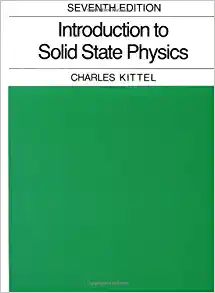Question
You perform an experiment to measure the muzzle velocity of a simple spring cannon (a small device that launches steel ball bearings using a spring).
You perform an experiment to measure the muzzle velocity of a simple spring cannon (a small device that launches steel ball bearings using a spring). You orient the cannon so that is shoots the ball bearing straight up in the air and falls back down into the cannon (this lets you know that the cannon is oriented perpendicular to the floor). You fire the ball bearing into the air 10 different times and measure the maximum height above the cannon that the ball bearing reaches to obtain the following data table.
trial & height (cm)
1 - 28.0 cm
2 - 29.0 cm
3 - 26.5 cm
4 - 33.0 cm
5 - 29.0 cm
6 - 26.5 cm
7 - 32.0 cm
8 - 30.5 cm
9 - 30.0 cm
10- 33.5 cm
Afterwards, you measure the mass of the ball bearing on a digital scale, and it displays "16.8 g". Recall that the total energy of the ball bearing when it leaves the cannon will be equal to its total energy when it reaches its peak (and at all points in between). If we let the gravitational potential energy be zero at the height of the cannon, then we can write
Ki + Ui = Kf + Uf
1/2 mv^2 + 0 = 0 + mgh
where h is the height that you measured and v is the velocity we are trying to determine (g is the gravitational acceleration, g = 9.81 m s 2 )
1. Using equation 2, determine the muzzle velocity of the ball bearing (i.e. the velocity of the ball bearing at the moment it leaves the cannon)
2. Using equation 1, calculate the amount of time the ball bearing should spend in the air.
3. Another students performs the same experiment and determines the muzzle velocity to be (3.25 0.03) m s . Does your value agree with theirs?
Step by Step Solution
There are 3 Steps involved in it
Step: 1

Get Instant Access to Expert-Tailored Solutions
See step-by-step solutions with expert insights and AI powered tools for academic success
Step: 2

Step: 3

Ace Your Homework with AI
Get the answers you need in no time with our AI-driven, step-by-step assistance
Get Started


